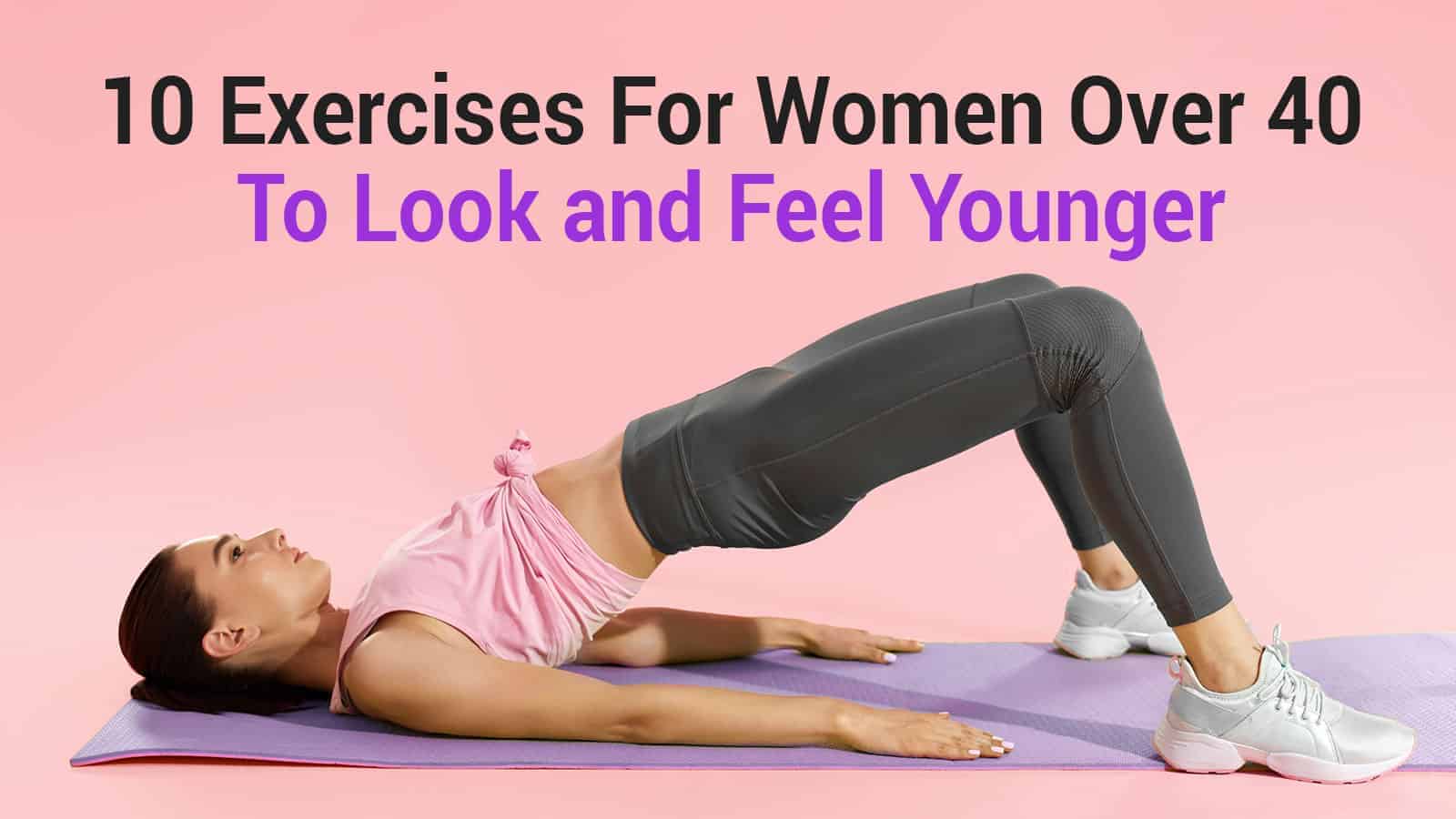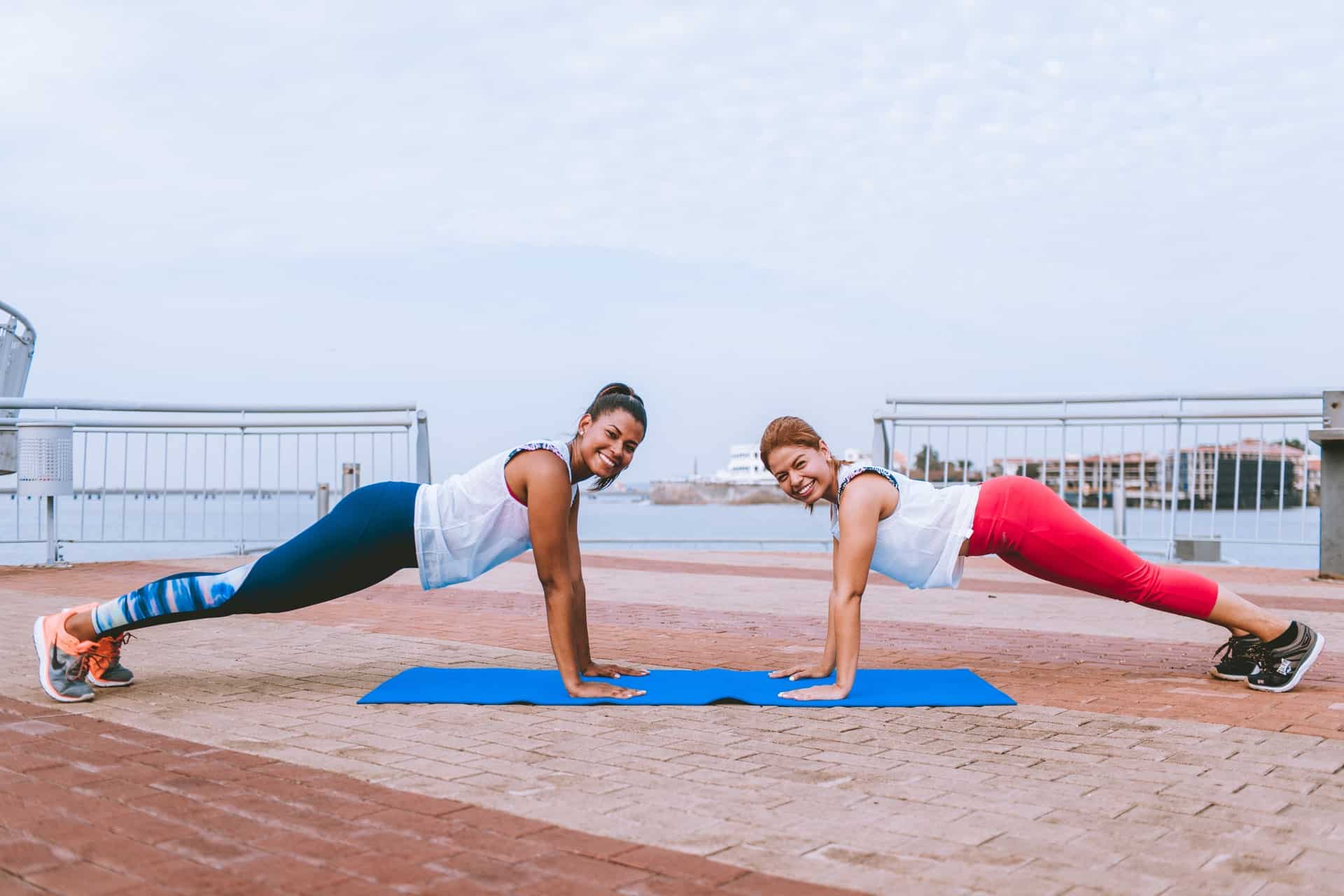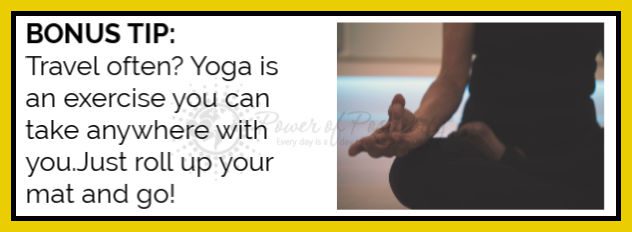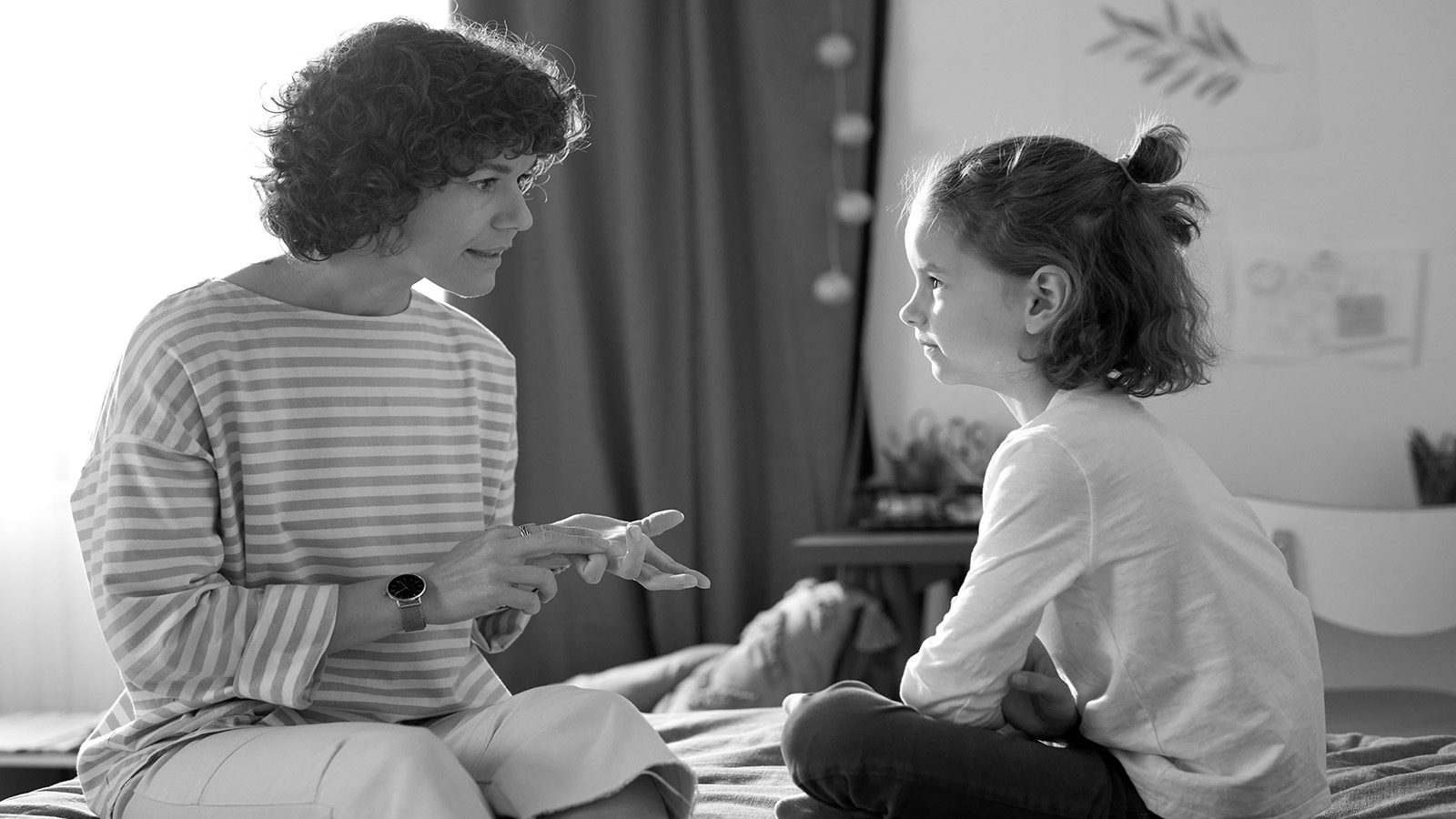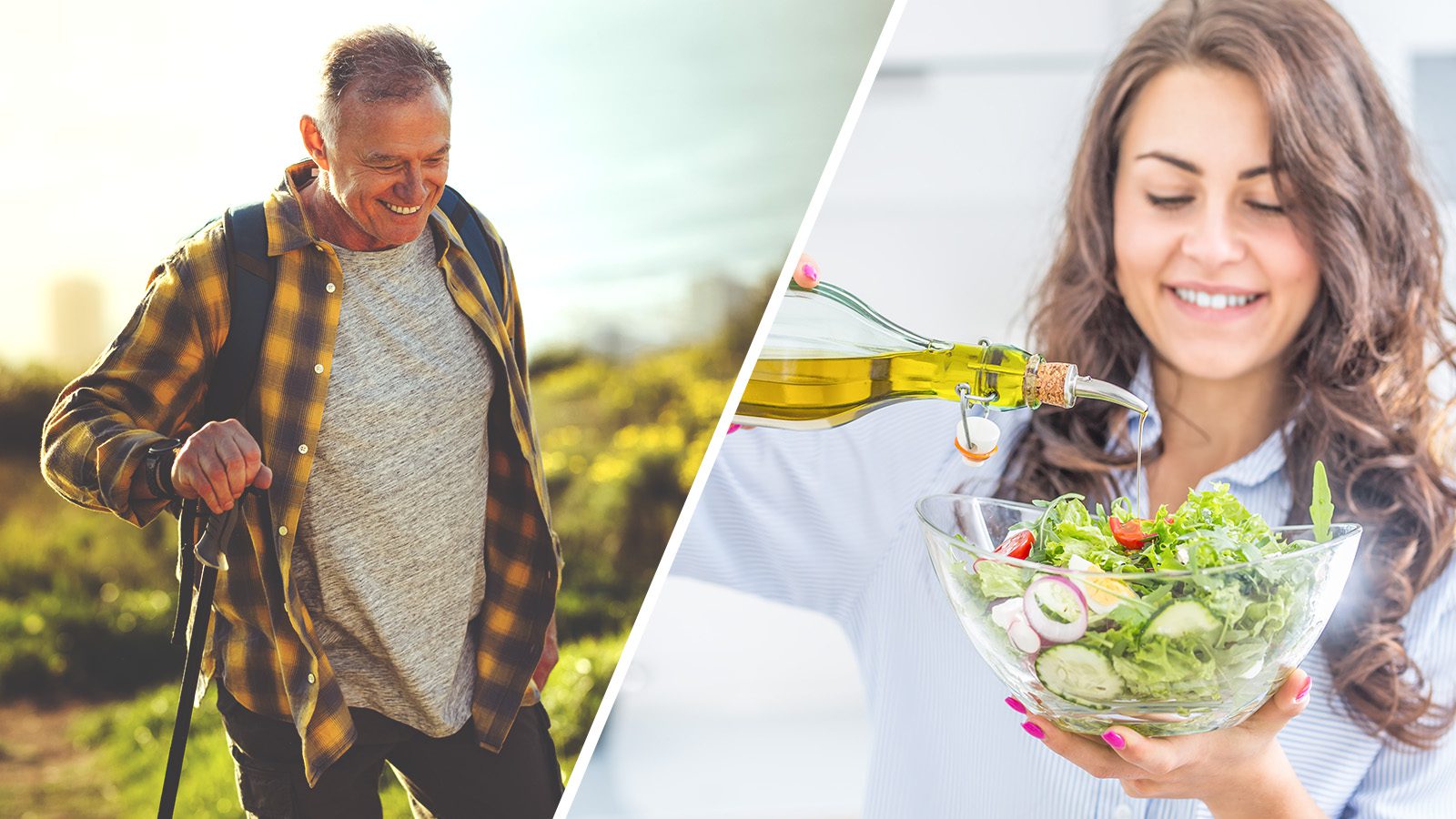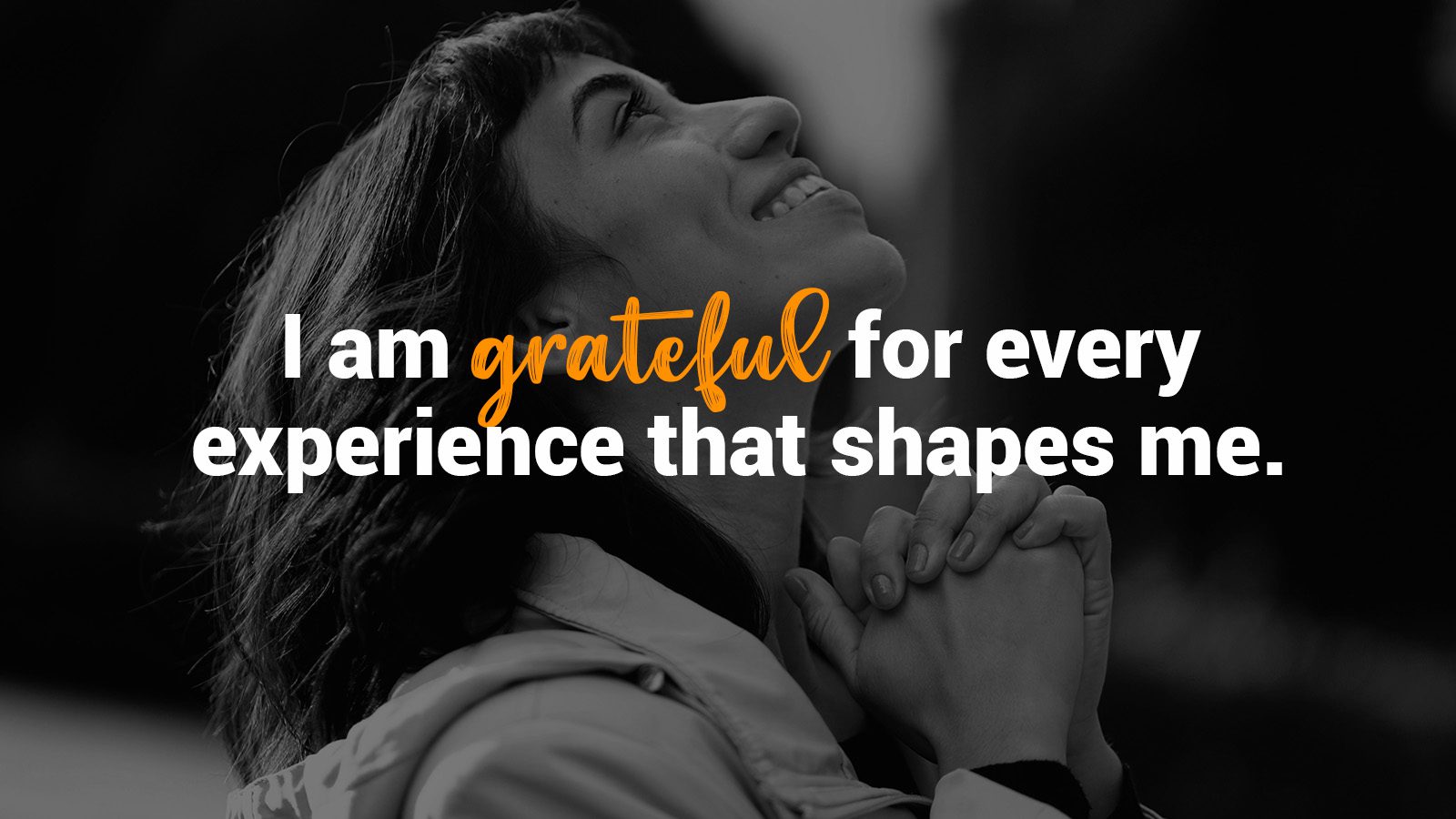Have you wished for a way to feel younger again?
Aging is a process that many of us would live to avoid, but it’s a part of life. Unfortunately, this process comes a series of unwanted side effects, like aches and pains, stiffness, and weakness in places that never felt this way before. These issues can very quickly make you feel extremely old.
But there’s a trick to growing older while minimizing all these difficulties. All you have to do is keep yourself active. But how can you do so when so many exercises just seem to make things worse?
10 Exercises For Women Over 40 To Look And Feel Younger
1. Squats
Squats are a fantastic way to keep your bum firm, your muscles strong, and your entire body more fit and toned. You’ll also enjoy better flexibility, allowing you to avoid potential injury! Here’s how to do them:
- 1: Begin by standing with your feet apart, at about a hips’ width in distance.
- 2: Lift your arms and hold them aloft, straight ahead of you. You may also clasp onto each hand, or bend your arms at the elbows.
- 3: Pretend that you’re about to take a seat on an imaginary chair by moving downwards in a sitting-like movement. Keep your back straight, and your head forward, with your lower back slightly arched and the upper portion of your body partially bent forward.
- 4: Lower yourself until you are in a position where your thighs are nearly parallel to the floor. Your knees should be above where your ankles are, and most of your weight should rest on your heels.
- 5: Hold your position for approximately 10 seconds.
- 6: Push yourself upwards through your heels to return to your initial position.
- 7: Repeat for three sets. Each set should have ten squats at first, gradually increasing over time.
If your knees suffer excessively from squats, you can also attempt seated squats.
Here’s how:
- 1: Begin by standing with your feet apart, at about a hips’ width in distance, in front of a chair.
- 2: Start to bend your knees. Your movement should mimic the action of going to sit down on your chair.
- 3: Engage your core, maintaining a straight back as you hover over the chair. Hold the pose for a few moments.
- 4: Stand up to your initial position.
- 5: Repeat for three sets. Each set should contain 20 squats.
- 6: If your knees are particularly painful, you can fully sit down on the chair for a second or two each time instead of hovering.
2. Lower Body Stretches
Focusing on your hamstrings, hip flexors, and glutes, which can all experience deterioration and stiffness with age, these stretches help to keep your lower body strong. Here’s how to do them:
- 1: Find a table that is about as high as your hip. For an easier exercise, you may also use lower surfaces, though it is advisable to work your way higher eventually.
- 2: Start with your right foot. Place that foot on the surface in question. Make sure your left leg stays straight.
- 3: Slowly begin to bend your right knee. As you do so, you should slowly start to lean to the right, but make sure your back stays straight.
- 4: Pause, holding the pose for approximately 10 seconds.
- 5: Repeat with your left leg.
- 6: Now, sit down onto the surface in question. Keep your left foot planted. Lift your right leg, so your ankle is over your left knee.
- 7: Press your left knee downwards. You should feel a stretch.
- 8: Pause, holding the pose for approximately 10 seconds.
- 9: Repeat with your left ankle and right knee.
3. Glute Bridge
The muscles we use to push ourselves forward often deteriorate with age, according to the National Academy of Sports Medicine senior master trainer Kyle Stull. This change puts your glutes in degenerative danger. Your glutes also will likely need some loosening up if you spend most of your day sitting down. Here’s how to perform a strengthening glute bridge:
- 1: Begin by lying on the ground with your feet pressed against the floor, your knees bent at 90 degrees, and your hands resting by your side.
- 2: Engage your glutes and your core muscles and use them to bring your hips upwards, as high up to the ceiling as you can. The goal is to have them form a straight line between your knees and your chest.
- 3: Pause, holding the pose for approximately 5 seconds.
- 4: Bring your hips down to the initial position, making sure your glutes and core remain engaged.
- 5: Repeat for three sets. Each set should contain 12 squats.
4. Resistance Exercises
As you grow older, your metabolism slows down. Resistance exercises are great ways to keep it burning well, so you feel younger. If you have access to a rowing machine, you can use that easily. But if you don’t, a resistance band exercise can do the trick, too. Here’s how to do one:
- 1: Begin by putting the resistance band beneath your right foot while your hands grasp one end of the band each.
- 2: Bend your arms so that your hands move towards your shoulders, palms facing inwards. Make sure your shoulders stay straight.
- 3: Return your arms to their initial position.
- 4: Repeat 10 times.
- 5: Repeat the process with your other foot.
- 6: Repeat the process with both feet.
5. Jump Rope
Jump rope is a simple but powerful way to boost your heart health. It has immensely positive effects on the cardiovascular system, and it burns lots of calories in a short amount of time.
Just five sets of around 15 jumps each – with 10-second breaks in between – can work wonders. But if you don’t want to jump rope, the act of jumping itself, even very lightly, has been shown to have its benefits. What’s important is that you keep moving!
6. Low-Impact Cardio
Ideally, you would never stop doing cardio. It boosts strength, stamina, overall health, and even positive thinking. But as you get older, the high-intensity cardio you used to do may feel too tiring. That’s where low-impact cardio comes in.
This type of cardio is more than enough to reduce the risk of heart disease development, and its positive effects are significant even when it’s a more mild form of workout. A couple of great options include Zumba or aerobics classes or elliptical training.
7. Planks
Planks are excellent for reducing back pain, which often begins to develop when you’re around 40 years of age – or even younger! When your core strength is strong, you reduce the risk of back pain. But planks are not just about abs – they also help strengthen the chest and spinal muscles, which help keep your back in good shape. Here’s how to do a proper plank:
- 1: Begin with your body in a position similar to a push-up. This position will mean that your hands will spread out just slightly further away than a shoulder’s width.
- 2: Engage your flutes and keep your toes pressed to the floor, keeping your knees strong by not locked or strained. Your neck and spine should stay neutral, with your back and head in a straight line.
- 3: Pause, holding the pose for approximately 5 seconds for as long as you can. Twenty seconds is a good starting point. Slowly increase the duration until you hit 90 seconds.
- 4: If normal planks are hard for you, instead of using your hands, you can rest on your forearms instead. Just make sure your back is straight when you do so!
8. Balance On One Leg
It’s important to maintain your balance as you get older. Making sure your coordination between your nerve receptors, muscles, inner ear, and eyes are in order can allow you to feel more confident and, therefore, younger.
Several different exercises work excellently for maintaining one-legged balanced. Here are some you can try:
- Leg deadlifts
- Tai Chi
- Heel raises
9. Yoga
Your mind needs to be just as healthy as your body if you want positive health. You can’t feel young if your brain feels aged and exhausted, after all. Thanks to its ability to promote relaxation, yoga can be a great way to help you feel young at heart and in mind.
Yoga is an excellent form of exercise that is capable of improving positive thinking, reducing the risk of depression and anxiety, and boosting mood-regulating GABA neurotransmitter production within the body. (3)
On top of that, yoga keeps your muscles healthy, your balance on point, and your flexibility at impressive levels, even as you get significantly older. It can also help your overall cardiovascular function, and there are plenty of kinds of yoga to try!
10. Walk Daily
Many people believe that exercise must be harsh and tense to be useful, but this is far from the case. Some research indicates that just walking daily can add years and years to your life. Even small amounts of physical activity can contribute to feelings of youth.
When you walk, your body begins to work on repairing DNA. It receives the workouts necessary to kick into gear and help heal and improve certain parts of your body. This also helps to maintain your overall tolerance for physical activity, preventing heart-related complications.
Final Thoughts on Exercising to Feel Younger Over 40
If you are dealing with pre-existing physical health conditions, you should first speak to a doctor before embarking on your quest for a younger look and feel. Finding the right types of exercises that will work for you without harming your body is just as crucial as getting moving in the first place!
Remember, aging is natural and fine and healthy. You should not aim to prevent aging altogether but to promote a smoother transition between youth and old age as you go. Looking and feeling young boosts your confidence and helps you to age more healthily and gracefully, and that’s something many of us aspire to!

